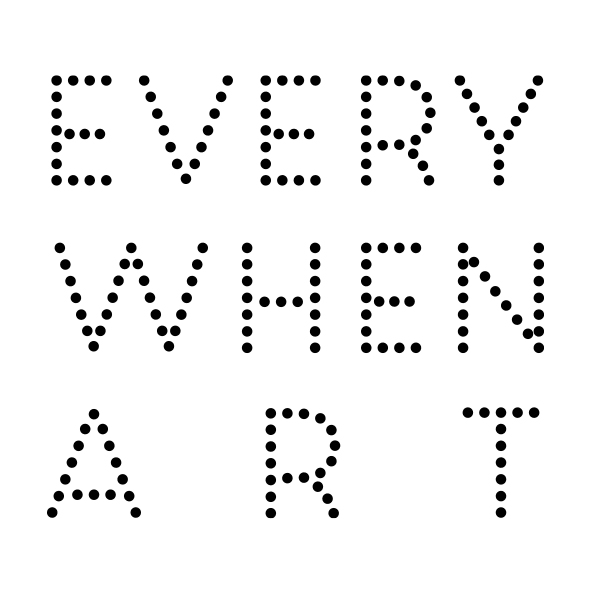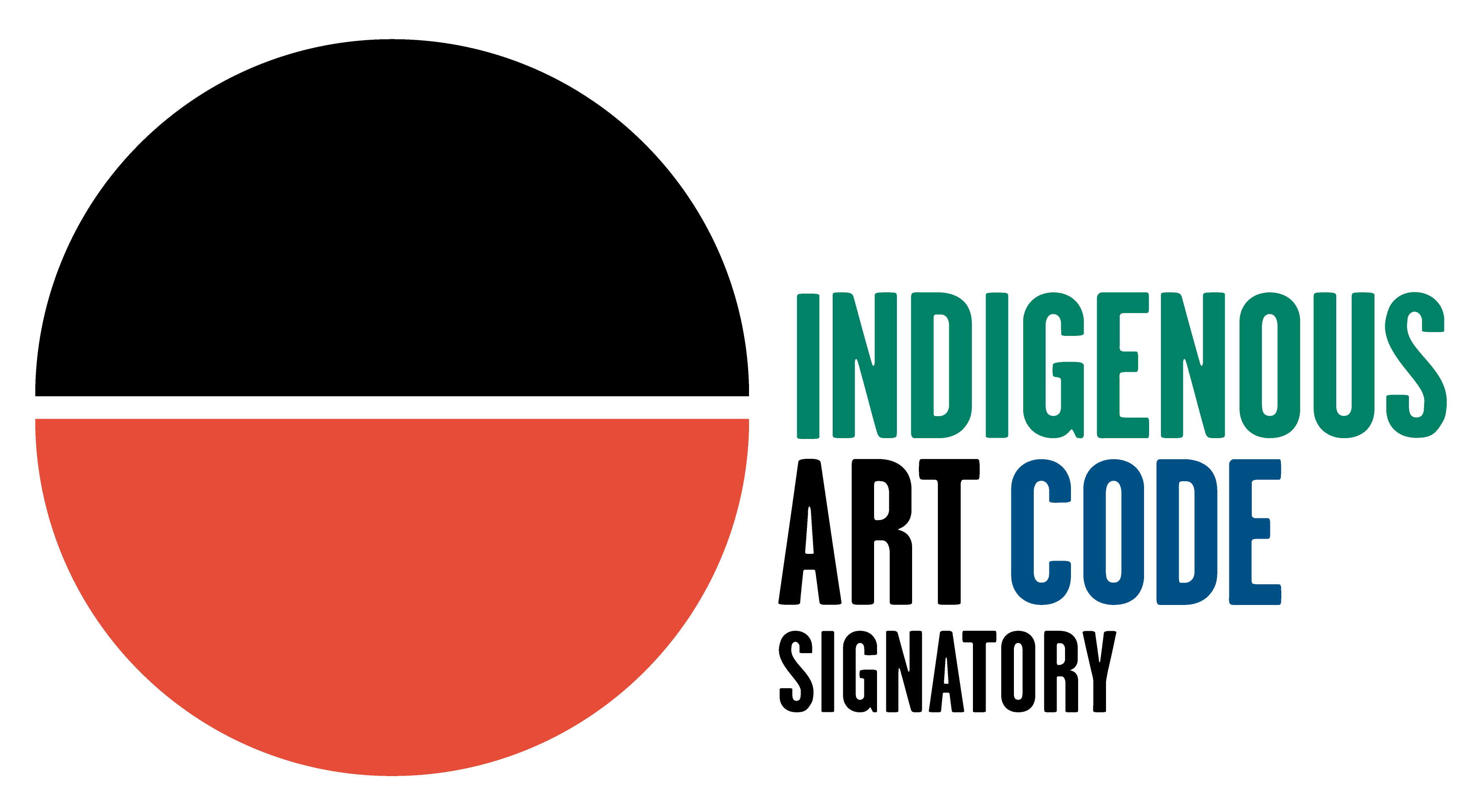Minnie Pwerle Alyawarre/Anmatyerre, c.1922-2006
82 5/8 x 49 1/4 in
Minnie Pwerle lived her entire life on her Utopia homelands 280 km north-east of Alice Springs. Yet from the time she started painting in 2000 until her death in 2006, her work had rocketed her to Australian art super-stardom. It had been an extraordinary journey for this tribal Anmatyerre-Alyawarre woman. Pwerle’s painting career also had some similarities with that of her predecessor, friend and Anmatyerre countrywoman, Emily Kame Kngwarreye. Like Kngwarreye, Pwerle had taken up painting in her 70s, and like Kngwarreye her output quickly became both highly prolific and notable for its wild colouration and free, gestural imagery. But the two women’s traditional stories were of different stories of related but differing areas, so while their paintings shared a similarity of style they also reflected this difference. This subject of this striking work is the bush melon and its seed as represented by women on the painting of their bodies for ceremonies (or Awelye) that celebrate the renewal of life and encourage the flowering and growth of the bush and its flora. The bush melon fruit is collected by women and eaten immediately or cut in to pieces, skewered on pieces of wood and then dried to be eaten over the coming months when bush tucker is scarce. Awelye (women’s ceremonies) are represented by Pwerle in a series of lines painted in differing widths, patterns and colours, creating circles and swirls which represent breast designs and melon seeds. The designs painted on the top half of the women's bodies during ceremony are boldly depicted in a patchwork of colour strewn across the canvas. The tiny melon bush, once abundant and fruiting in the summer season, is now hard to find and the sense of joy felt by the women in discovering this lovely sweet food is captured in painterly freedom for which Pwerle became well known.
In the preceding decades to her own evolution as a painter, Pwerle had witnessed the extraordinary rise to artistic supremacy of her fellow countrywoman and friend Emily Kame Kngwarreye (c. 1910-1996) as one of Australia’s greatest painters of the last half of the 20th century. She had equally observed other women from the Utopia region – notably Gloria and Kathleen Petyarre, Angelina Pwerle, Abie Loy and her own daughter Barbara Weir – become highly prized artists. Then, in 2000, at close to 80 years of age Pwerle herself was inspired to start painting. Exhibitions in leading galleries ensued and a strong following for Pwerle’s works developed. Based in the small homeland community of Atngwengerrp on the Utopia lands, Pwerle lived a semi bush life for most of her life. Mother to seven children, she remained formidably fit until only weeks before she died – up at dawn and painting solidly every day and often outrunning women years younger on the regular hunts for food in the bush. A finalist in the National Aboriginal and Torres Strait Islander Art Awards in 2001, her work is well represented in Australia’s public galleries and in innumerable leading private collections.


